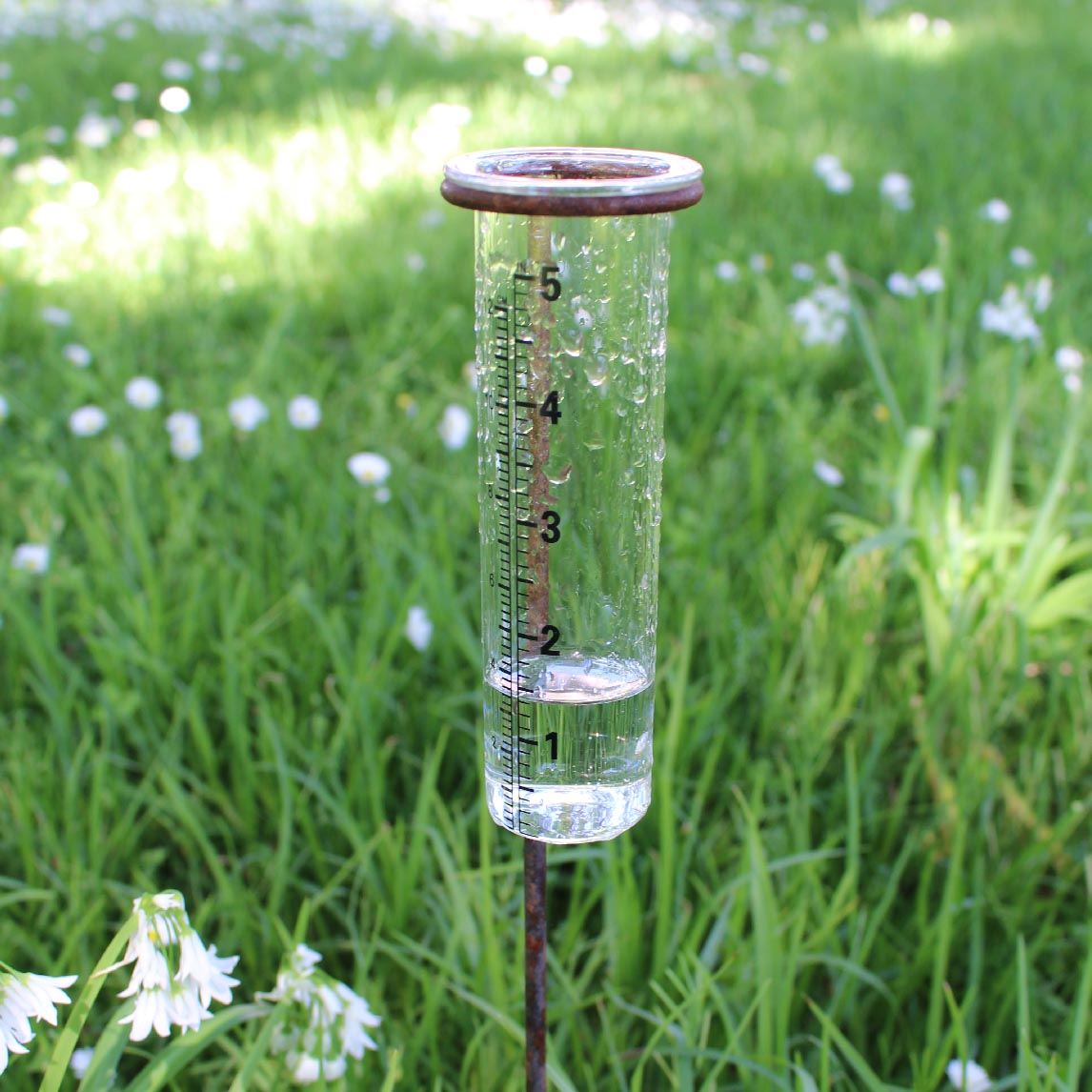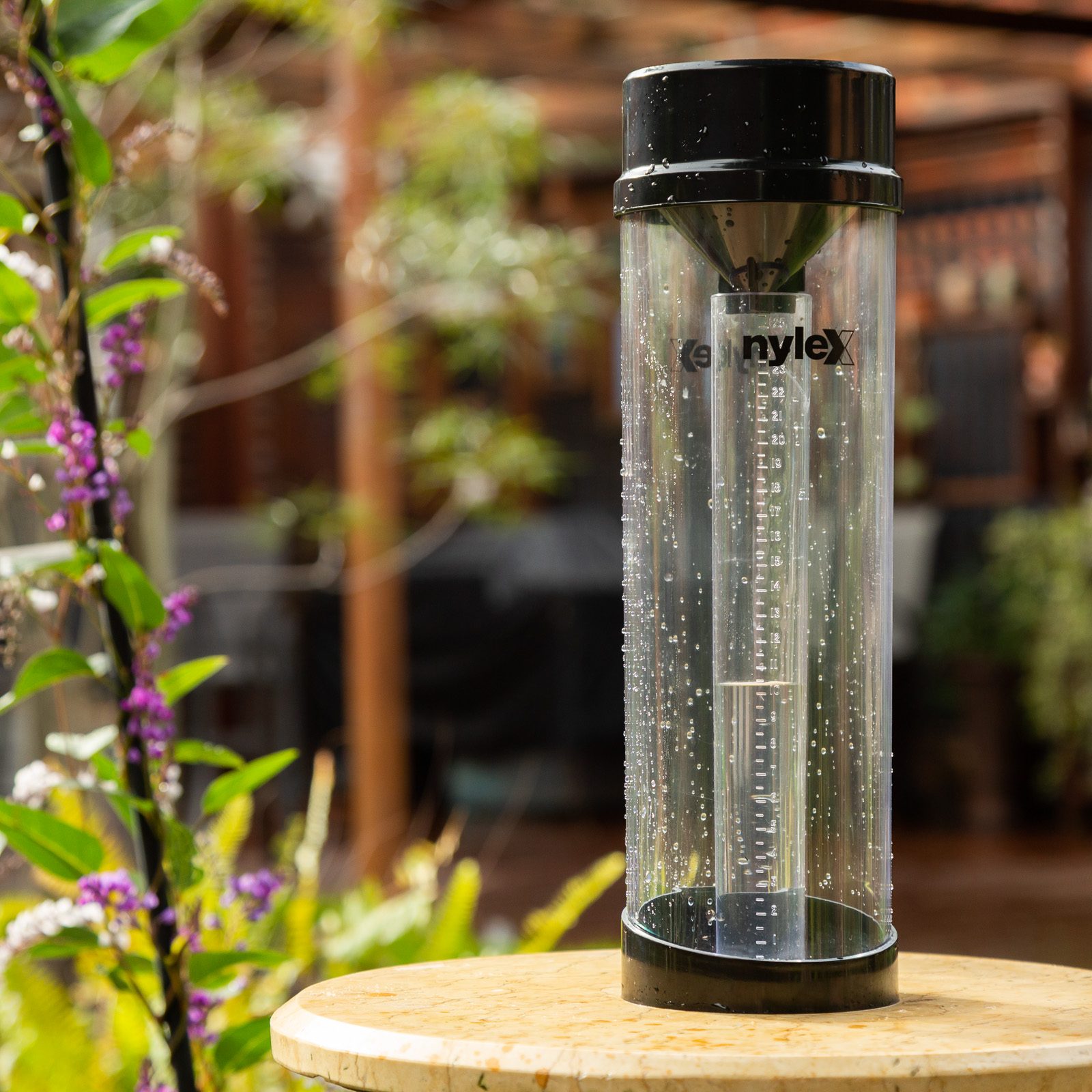Ingenious Designs in Rain Gauges: What Makes Them Stand apart
Ingenious Designs in Rain Gauges: What Makes Them Stand apart
Blog Article
Unveiling the Scientific Research Behind Rain Gauges: Just How These Devices Play a Crucial Function in Climate Study and Ecological Surveillance
Rain evaluates, apparently easy gadgets, hold an extensive significance in the realm of environment research and environmental surveillance. These plain instruments silently gather among nature's most crucial aspects-- rains. Yet, behind their unpretentious facade exists an intricate science that is crucial for comprehending the characteristics of our setting. As we peel back the layers of this scientific shroud surrounding rainfall evaluates, we reveal a world where accuracy, information accuracy, and precise observation merge to introduce a much deeper understanding of our altering environment and its influence on the earth.
Value of Rain Gauges
Rainfall evaluates play an essential role in surveillance and gauging precipitation levels, giving essential information for climate research study and evaluation. These tools are fundamental in quantifying the amount of rains that takes place in a specific area over a specific period. By measuring and accumulating rain, rain gauges deal useful insights into the circulation and intensity of rainfall, helping meteorologists, hydrologists, and climatologists in understanding weather condition patterns and trends.
One of the key reasons rain determines are crucial is their capacity to provide local and accurate information. Unlike satellite or radar-based dimensions, which use wider monitorings, rainfall assesses deal precise details details to the location where they are positioned. This local data is crucial for different applications, consisting of flooding projecting, dry spell surveillance, and water source monitoring. Furthermore, long-term data collected from rain assesses helps in evaluating climate change impacts and patterns, contributing dramatically to scientific research study and decision-making procedures. Essentially, rain assesses work as necessary tools in the field of weather forecasting and ecological science, playing a vital role beforehand our understanding of climate and climate dynamics.
Kinds of Rainfall Gauges

Capability and Operation
In the realm of climate research and meteorological studies, the performance of rainfall evaluates depend on their detailed performance and precise functional systems. Rainfall assesses are developed to properly determine the amount of precipitation that falls over a details location during a collection period. These tools generally contain a channel that collects rainwater and channels it into a gauging tube. The determining tube is great post to read marked with calibrated dimensions that enable the specific quantification of rainfall.
The capability of rainfall assesses is based upon the concept of collecting and determining rain in a standardized fashion. This gathered data is vital for comprehending neighborhood weather condition patterns, tracking lasting environment patterns, and examining environmental effects. To make certain accurate measurements, rainfall assesses requirement to be strategically placed in open areas far from blockages such as buildings or trees that can disrupt the collection procedure.
The functional aspect of rain assesses entails routine upkeep to avoid debris buildup, calibration checks to keep dimension precision, and information recording for analysis (rain gauge). Overall, the functionality and operation of rainfall determines are important for gathering reputable precipitation data important to environment study and ecological surveillance
Function in Environment Research Study
Offered the essential value of accurate rainfall measurements in understanding climate patterns and ecological impacts, the role of rainfall evaluates in environment study is important. Rain assesses give crucial information for environment research by measuring the quantity of rainfall that drops over a specific area during a given period. This information is critical for monitoring long-term fads in precipitation patterns, examining the influence of environment change on rains circulation, and improving environment versions.

Climate scientists use data accumulated from rain gauges to assess variants in precipitation degrees, identify local environment fads, and evaluate the effectiveness of water resource management methods. By comparing historic precipitation information with existing dimensions, researchers can detect changes in rainfall patterns, such as changes in the regularity or intensity of rainfall events. This browse around this web-site information is important for understanding exactly how environment change is influencing precipitation characteristics and can help policymakers make educated choices relating to adjustment and reduction methods.
Applications in Ecological Surveillance

In flood projecting, rainfall scale information assists to track rains intensity and circulation, permitting authorities to release timely warnings and take required steps to mitigate flooding risks (rain gauge). Dry spell tracking counts on rainfall gauge data to analyze wetness levels in the soil and track precipitation deficiencies, aiding in the visit the website recognition of drought-prone locations and the application of drought action methods
Moreover, rain scale information plays an important function in water resource monitoring by providing info on water schedule and use trends. Furthermore, in agriculture, rainfall scale information assists farmers in optimizing irrigation timetables, crop option, and overall farm administration techniques based on regional rainfall patterns.
Verdict
Finally, rain determines are necessary tools for determining precipitation, offering important data for climate research and ecological tracking. With different types and performances, rain evaluates play a vital role in comprehending rainfall patterns and their influence on the environment. By accurately gauging rains, these tools contribute to the innovation of clinical understanding and aid in making informed choices relevant to water source administration and disaster preparedness.
Rainfall determines play an indispensable duty in surveillance and determining rainfall degrees, offering important information for environment research study and analysis. The standard rainfall scale, known as the "tipping pail" scale, is one of the most typically made use of tools. Ultrasonic rainfall assesses use audio waves to spot the visibility of rainfall, giving real-time information on rainfall degrees.Climate researchers use information gathered from rain gauges to evaluate variants in rainfall degrees, identify local climate patterns, and review the performance of water source management methods.In conclusion, rainfall evaluates are essential tools for gauging precipitation, supplying useful data for environment research and environmental surveillance.
Report this page